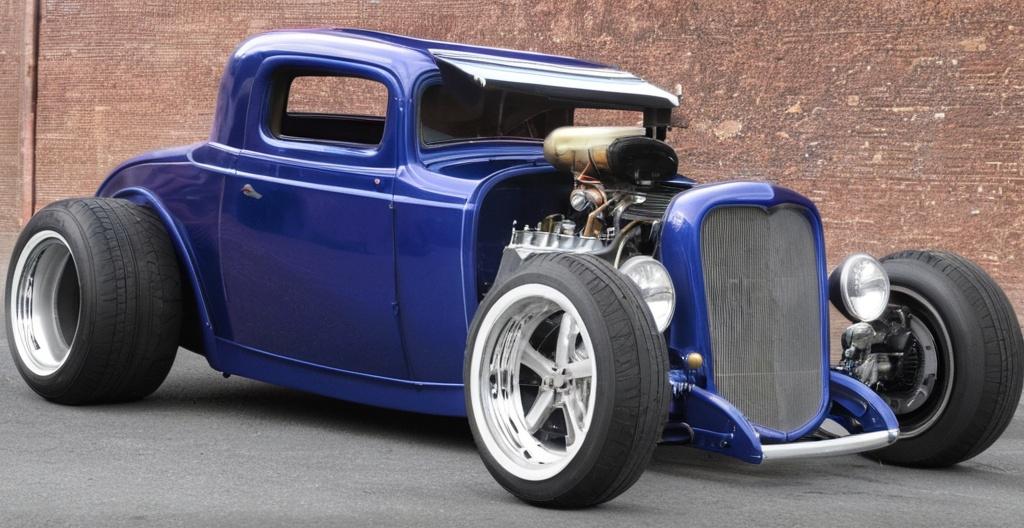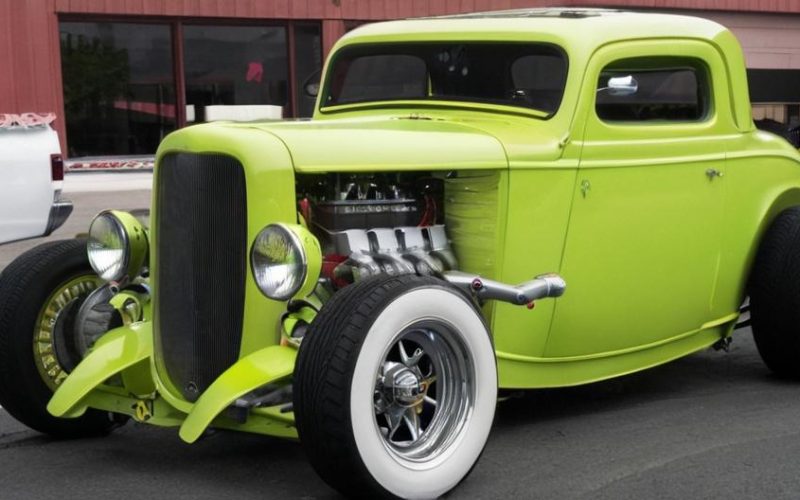Key Take Aways About Restomod Street Rods
- Restomod street rods blend vintage aesthetics with modern upgrades, offering potential investment opportunities.
- Initial costs vary based on the model, upgrades, and builder expertise, with potential for budget overruns.
- High maintenance and operating costs include pricey insurance and parts for classic car care.
- Financing options include personal loans or specialized classic car loans.
- ROI involves market conditions, build cost, and vehicle condition.
- Engaging with the street rodding community can offer financial and networking advantages.
- Balancing passion with financial prudence is essential for enjoying and managing these automotive investments.

Restomod Street Rods: A Financial Perspective
Street rodding is a captivating blend of history and innovation, combining the nostalgia of classic cars with modern performance upgrades. Restomod street rods, in particular, have gained popularity among enthusiasts who enjoy the vintage aesthetics of classic cars but want contemporary conveniences and reliability. Here, we roll up our sleeves and break down the finance side of things for these automotive wonders.
The Investment Angle
Buying a restomod street rod can feel like a trip back in time with a modern twist. Unlike buying a standard vehicle, these cars can be seen as an investment. A well-executed restomod can appreciate in value over time, depending on the model and the quality of the work. It’s like betting on a good horse at the racetrack. Yet, as with any investment, there’s risk involved. Market trends can shift, and what’s hot now might cool off later.
Initial Costs and Budget Considerations
Ponying up for a restomod isn’t for the faint of heart. The initial cost depends on various factors such as the base model, the extent of upgrades, and the skill level of the builders. You might pick up a base vehicle for a few thousand bucks, but transforming it into a street rod could set you back tens of thousands more. It’s crucial to keep a keen eye on your budget.
Some folks find themselves caught in the whirlwind of upgrades, leading to a ballooning budget. A common pitfall is underestimating the costs of parts and labor. A vintage car with luxurious leather interiors and cutting-edge tech can quickly become a money pit if you don’t have a handle on your finances.
Maintenance and Operating Costs
Once you’ve got your shiny restomod ready to hit the road, remember—it ain’t cheap to keep it there. Regular maintenance is essential to ensure both performance and value retention. Unlike new vehicles, parts for classic cars might be harder to find and more expensive. Plus, custom modifications can sometimes require specialized care and repairs.
Operating costs also include insurance, which can be pricier than for a standard car given the vehicle’s increased value and specialty parts. It’s worth shopping around for insurers experienced in classic and custom cars to find the best rates.
Financing Your Dream Machine
Jumping into the world of restomod street rods might seem daunting financially, but there are ways to ease the burden. Financing options vary, and it pays to do your homework. Some enthusiasts opt for personal loans, tapping into the perceived future value of their investment to justify the cost. Others prefer working with financial institutions that specialize in classic car loans, providing terms suited to the unique nature of these vehicles.
The choice between biting the bullet and saving up versus financing is personal. Both have their pros and cons, depending on one’s financial situation and risk tolerance. Keep in mind that financing a car isn’t just about monthly payments—interest rates and the loan’s lifespan can have significant implications on your overall costs.
Return on Investment (ROI)
Calculating the ROI on a restomod street rod ain’t as straightforward as running numbers in a spreadsheet. Beyond monetary gains, there’s intrinsic value in the joy of driving a personalized piece of automotive history. However, if we’re talking strictly finances, ROI depends on several factors: initial build cost, market conditions at the time of sale, and the car’s condition. A well-maintained restomod might fetch a good price if the stars align, but like a classic rock band, popularity can wax and wane.
The Role of the Community
Street rodding isn’t just about the cars—it’s a community. Being part of this collective can offer unforeseen financial benefits. Networking with fellow enthusiasts can lead to better deals on parts, restoration advice, and potential buyers if you ever decide to sell. Car shows and rallies, while fun, also serve as crucial platforms for buying, selling, and trading information and vehicles. Engaging with this community is like having an insider tip on Wall Street.
Conclusion: Balancing Passion with Prudence
For many, the allure of restomod street rods isn’t just about the dollars and cents; it’s about the call of the open road and the thrill of the ride. However, financial prudence is key in ensuring that passion doesn’t turn into a fiscal nightmare. Like savoring a fine bourbon, the enjoyment of your restomod should come with a level-headed approach to the costs involved. Done right, these custom classics can offer both emotional and financial rewards, driving home the point that investment isn’t just about money—it’s about satisfaction too.
